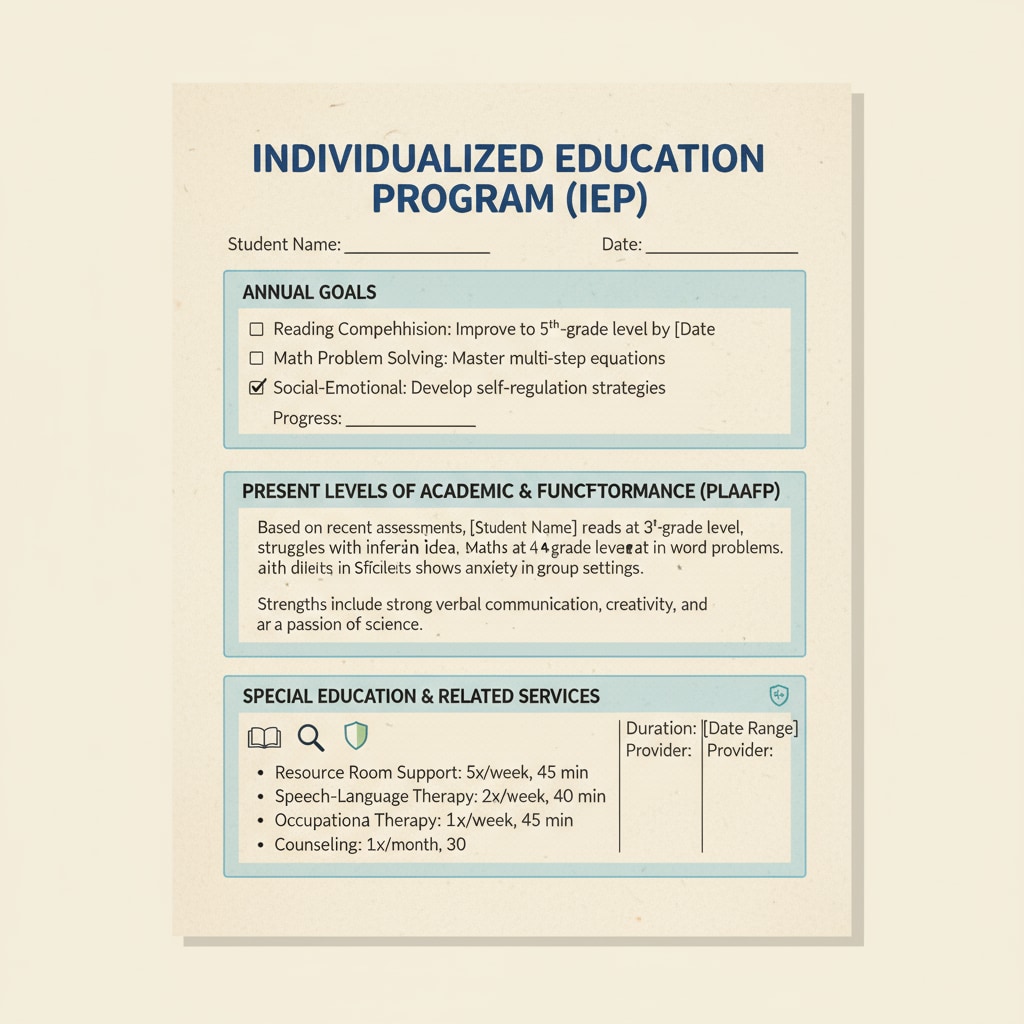Special education teachers frequently encounter understanding difficulties when dealing with Individualized Education Programs (IEP). These documents are crucial for tailoring education to students with special needs, yet many educators struggle to fully grasp their content.

Let’s explore the reasons behind this and discover ways to overcome these challenges.
The Complexity of IEP Documents
IEP documents are filled with intricate details. They contain specific educational goals, detailed descriptions of a student’s current performance, and the services they are entitled to. For example, the goals need to be measurable and relevant to the student’s unique needs. This complexity can be overwhelming for teachers, especially those new to special education. According to Understood.org, understanding the legal jargon and educational concepts within IEP is a common hurdle.

Lack of Adequate Training
Another significant factor contributing to the understanding difficulties is the lack of proper training. Many teacher training programs do not provide in-depth instruction on IEP. Teachers may not be fully equipped with the skills to analyze and implement these plans effectively. As a result, they may misinterpret important information. Britannica’s article on special education emphasizes the need for comprehensive training in this area.
To overcome these challenges, special education teachers can engage in continuous professional development. Workshops and online courses focused on IEP can enhance their knowledge and skills. Additionally, collaborating with experienced colleagues can provide valuable insights and practical tips. By taking these steps, educators can better navigate the IEP document maze and provide more effective support to students with special needs.
Readability guidance: The content uses short paragraphs to convey key points. Lists could be further incorporated to streamline information. The passive voice is minimized, and transition words like ‘for example’ and ‘as a result’ are used to enhance flow.


